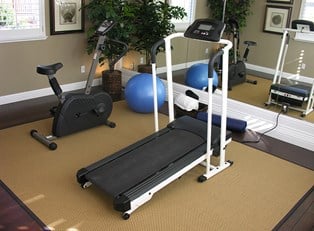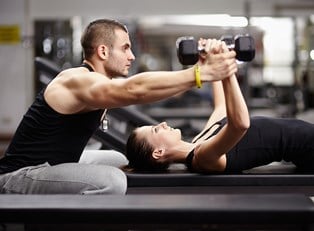The feet take a considerable amount of wear and tear, especially during high-impact activities like running and jumping. The force and weight of your entire body come down hard and fast on one small area, and without proper support and cushioning, you can do some serious damage.
Although a lot of people have one pair of sneakers they use for any activity, the result of that can be not only painful but dangerous. Shin splints, heel pain, knee problems: the right shoes play a part in the prevention of quite a number of back and leg problems, which means making your choice carefully. But there’s so many options!
Know Your Activity
There’s a reason the label on the shoebox says “running” or “cross country” or “hiking.” Your feet need different types of protection in different types of activities. While your hiking shoes may provide great grip and ankle support, they don’t have the stability and arch support a good pair of running shoes have. On the other hand, shoes for weightlifting should have good traction and thin soles. The days of having one pair of shoes are long past—if you’re seriously involved in different activities, don’t try to make your shoes weather them all.
Know Your Environment
Just because you’re going running doesn’t mean one pair will work all the time. If you do your running down gravel roads, you want a shoe with a thick sole to protect the bottom of your feet and good tread so you don’t slip and slide. If you prefer running on the local track, you probably want to choose a more cushiony sole to absorb the shock when your heel hits the ground. Spinners need sneakers with a firmer sole than mountain bikers, who need the additional protection for those unavoidable times when you have to get off and walk on rough trails.
Know Your Body
The blame for almost any injury can be traced back to abnormal foot shapes if you have them. Having arches that are too high or too low affects the way your ankle turns when you step. Find a shoe that caters to your arches. Over-the-counter inserts are better than nothing in shoes that have everything you need for your workout except arch support. However, if you’re having trouble finding the right shape for your foot, a doctor can provide a prescription insert to help prevent those turns and bruises.
Ankles themselves are an injury culprit; shoes that come up higher and provide more ankle support can help those with weak ankles. Pay attention to your body—if you start noticing painful areas, see how that correlates to your shoes. Chances are, there’s a pair out there that will suit you better.



